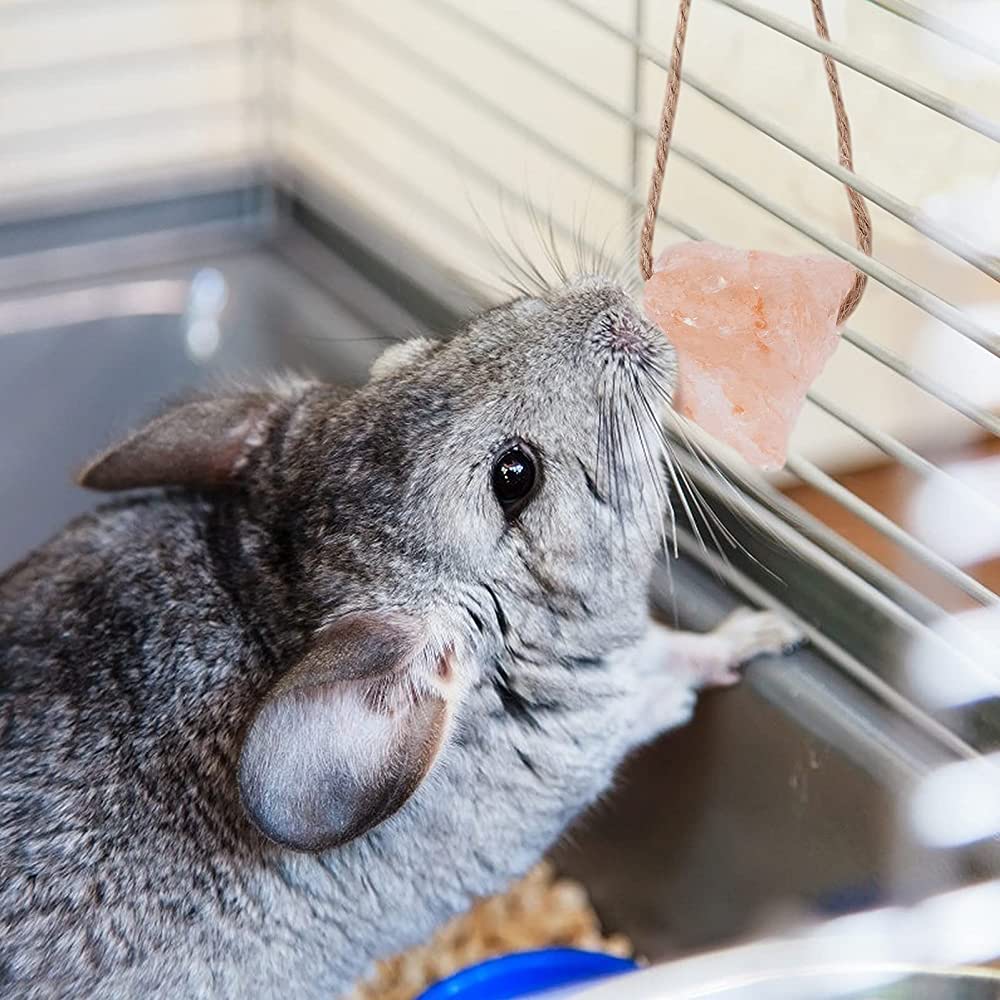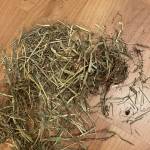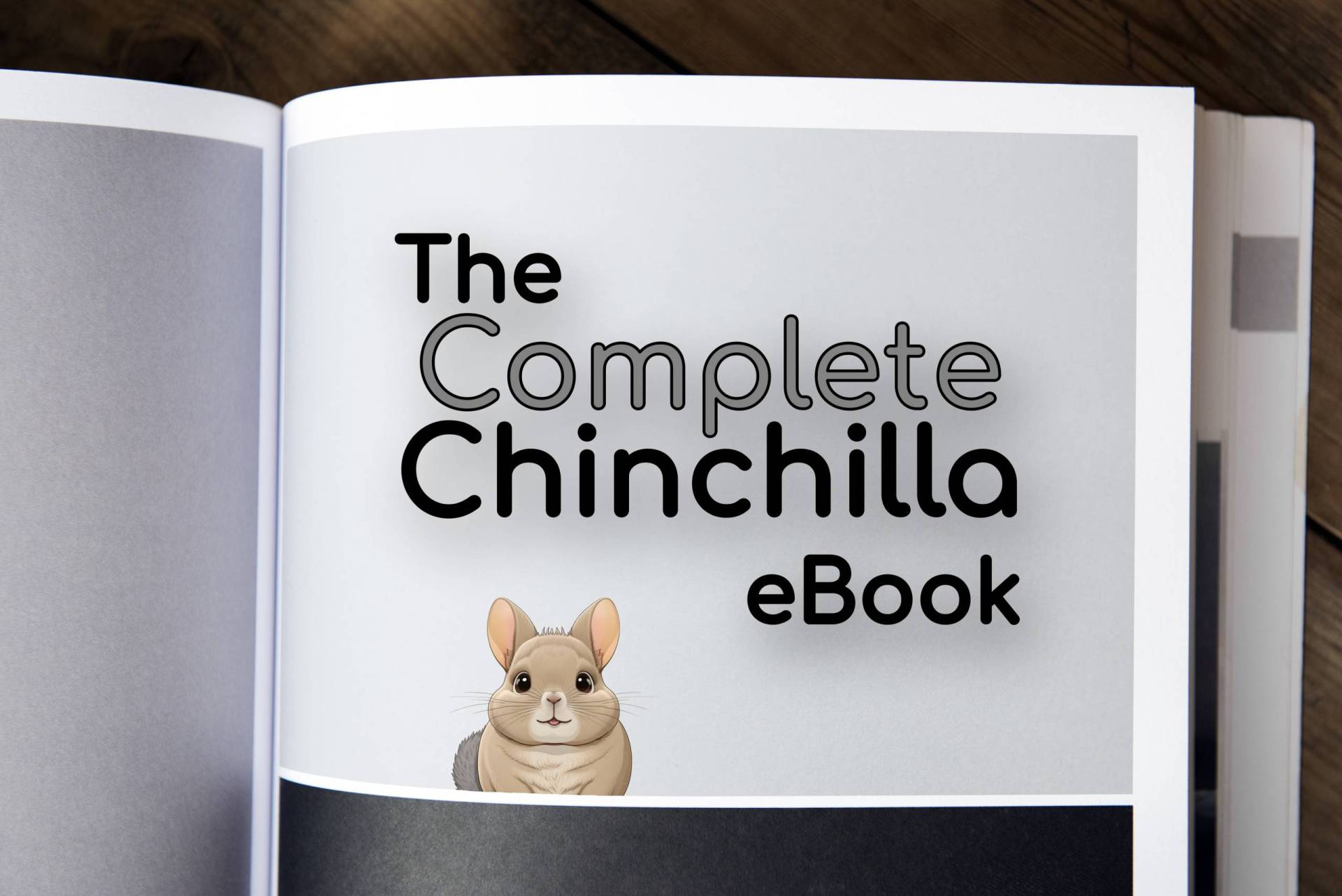Chinchillas are cute and playful little creatures, and if you are considering bringing one into your home, you may be wondering what their dietary requirements are. One of the questions that many new chinchilla owners ask is whether their chinchillas need salt licks. In this article, we’ll explore the topic of salt licks for chinchillas and answer some of the most common questions about them.
What Are Salt Licks?
Salt licks are mineral blocks or bars that are used to provide animals with the minerals they need. They are typically made from salt or other mineral-rich substances, and they are designed to be licked or nibbled on by animals. Salt licks are commonly used for domesticated animals like horses and cows, but they can also be used for smaller pets.
Why Do Chinchillas Need Minerals?
Chinchillas, like all animals, require minerals in their diet to maintain good health. Minerals are important for a variety of bodily functions, including muscle and nerve function, immune system support, and healthy bone development. Some minerals, like calcium, are especially important for chinchillas because they can help prevent dental problems and other health issues.
Chinchillas obtain minerals through the food they eat, but sometimes their diet may not provide all the minerals they need. For example, if a chinchilla is fed a diet that is high in sugar or low in hay, they may not be getting enough minerals. This is where salt licks can come in handy.
Do Chinchillas Need Salt Licks?
Chinchillas do not necessarily need salt licks, but they can be beneficial for their health. Salt licks can provide chinchillas with additional minerals that they may not be getting from their regular diet. They can also help to keep chinchillas’ teeth healthy by encouraging them to gnaw on the block.
It’s worth noting, however, that chinchillas do not require as much salt in their diet as some other animals. In fact, too much salt can be harmful to chinchillas, as it can cause dehydration and other health problems. For this reason, it’s important to use salt licks in moderation and to monitor your chinchilla’s intake.
It is always best to ask the advice of your veterinarian before giving your chinchilla a salt lick / block.
What Minerals Do Chinchillas Need?
Chinchillas require a variety of minerals in their diet, including calcium, phosphorus, magnesium, and potassium. These minerals are important for the development of strong bones and teeth, healthy muscles, and proper nerve function. Chinchillas can get these minerals from the hay and pellets they eat, but a salt lick can provide additional support.
When choosing a salt lick for your chinchilla, it’s important to look for one that is specifically designed for small animals like chinchillas. These salt licks will typically contain a mix of minerals that are appropriate for chinchillas’ dietary needs.
How Should I Introduce a Salt Lick to My Chinchilla?
If you decide to give your chinchilla a salt lick, it’s important to introduce it slowly and carefully. Some chinchillas may be hesitant to try a new object in their cage, so it’s best to let them get used to it gradually.
Start by placing the salt lick in your chinchilla’s cage, but do not force your chinchilla to use it. Allow your chinchilla to explore the salt lick on their own time. Some chinchillas may start licking the salt lick right away, while others may take a few days or even weeks to warm up to it.
If your chinchilla does start using the salt lick, it’s important to monitor their intake to ensure that they are not consuming too much. As mentioned earlier, chinchillas do not require as much salt in their diet as other animals, so it’s important to use the salt lick in moderation. Additionally, make sure that the salt lick is securely attached to the cage to prevent it from falling and potentially injuring your chinchilla.
Are There Any Alternatives to Salt Licks?
If you are hesitant to give your chinchilla a salt lick, there are other ways to ensure that they are getting the minerals they need. One option is to provide your chinchilla with a mineral supplement. These supplements come in powder form and can be added to your chinchilla’s food. Be sure to follow the instructions on the packaging carefully to avoid over-supplementing.
Another option is to provide your chinchilla with fresh vegetables and hay that are high in minerals. Vegetables like kale, broccoli, and spinach are good sources of calcium and other important minerals. Timothy hay is also a good source of calcium, phosphorus, and other minerals that chinchillas need.
It’s worth noting, however, that while fresh vegetables and hay are a great way to supplement your chinchilla’s diet, they should not be used as a substitute for a balanced chinchilla pellet diet. Pellets are specifically formulated to meet chinchillas’ nutritional needs and should make up the majority of their diet.
In conclusion, while salt licks are not a necessity for chinchillas, they can be a helpful way to supplement their diet with important minerals. When choosing a salt lick, make sure to look for one that is specifically designed for small animals like chinchillas and monitor your chinchilla’s intake to ensure that they are not consuming too much. Alternatively, you can provide your chinchilla with mineral supplements or fresh vegetables and hay to ensure that they are getting the minerals they need.
As a responsible chinchilla owner, it’s important to provide your pet with a healthy and balanced diet. By providing your chinchilla with a variety of food options and supplements, you can help ensure that they stay happy and healthy for years to come.







